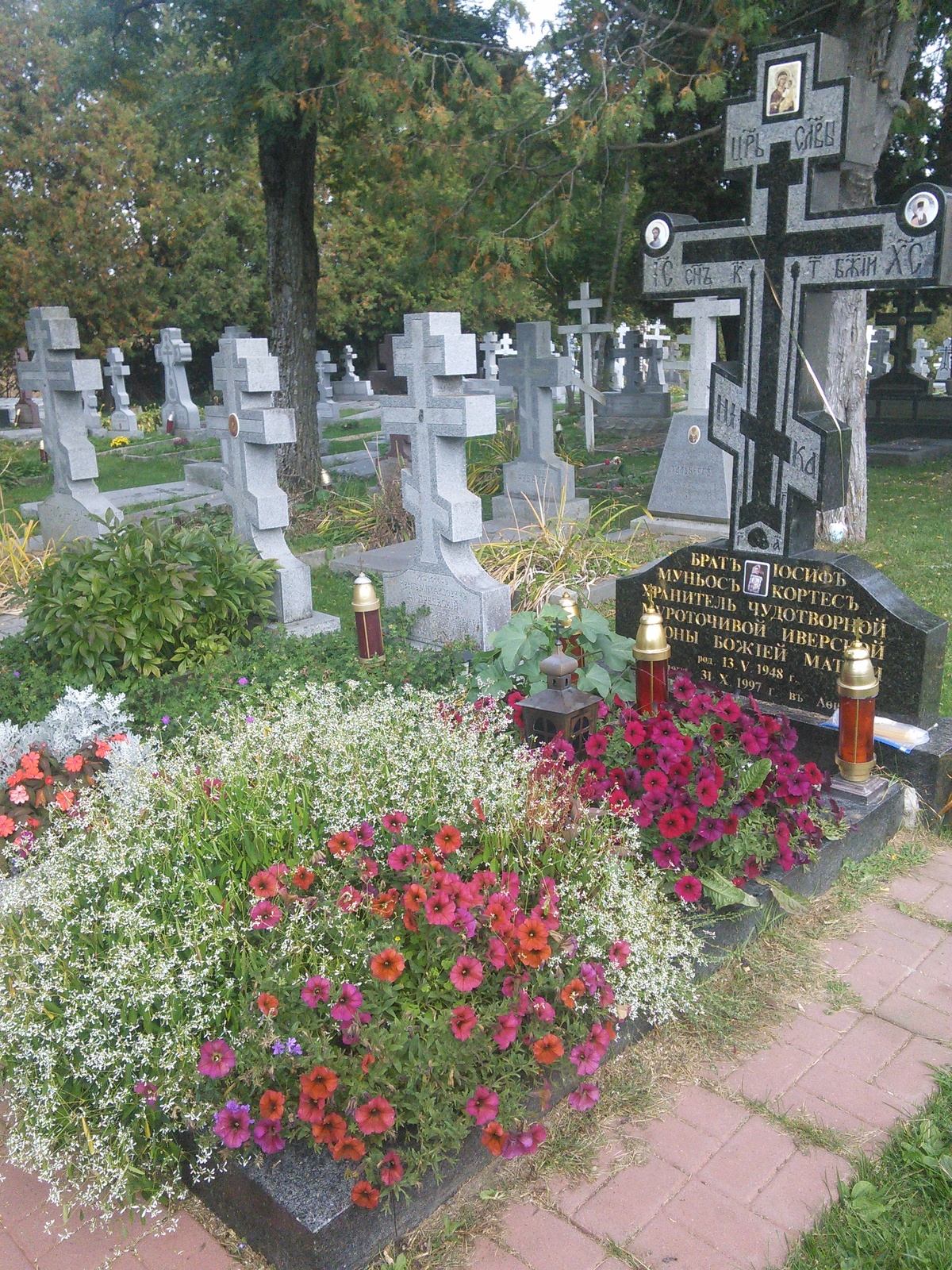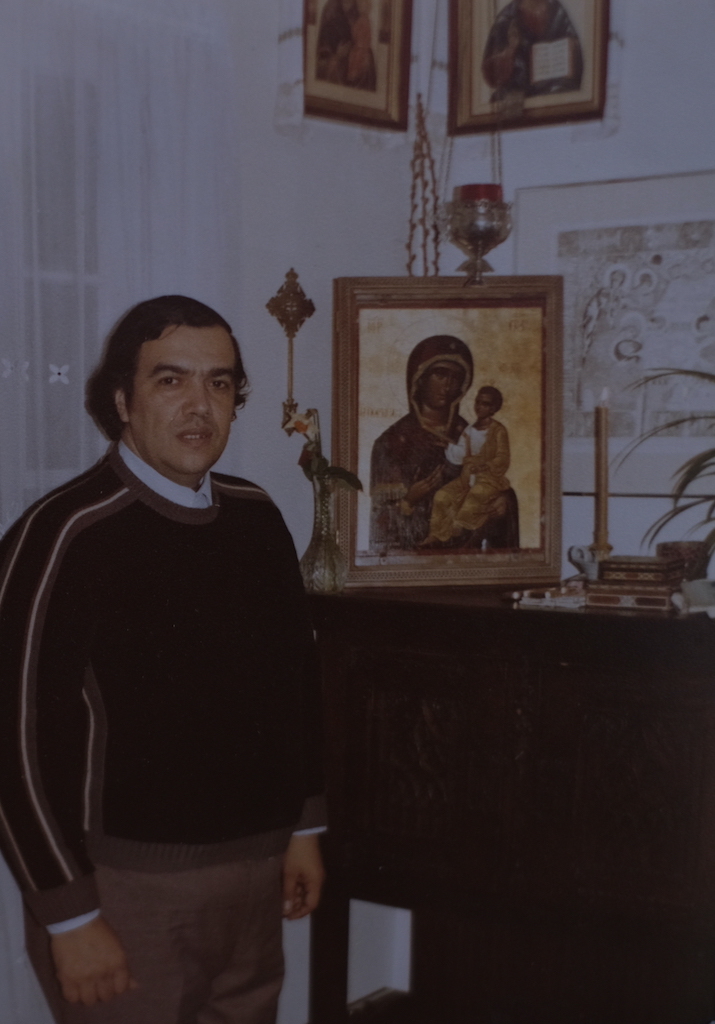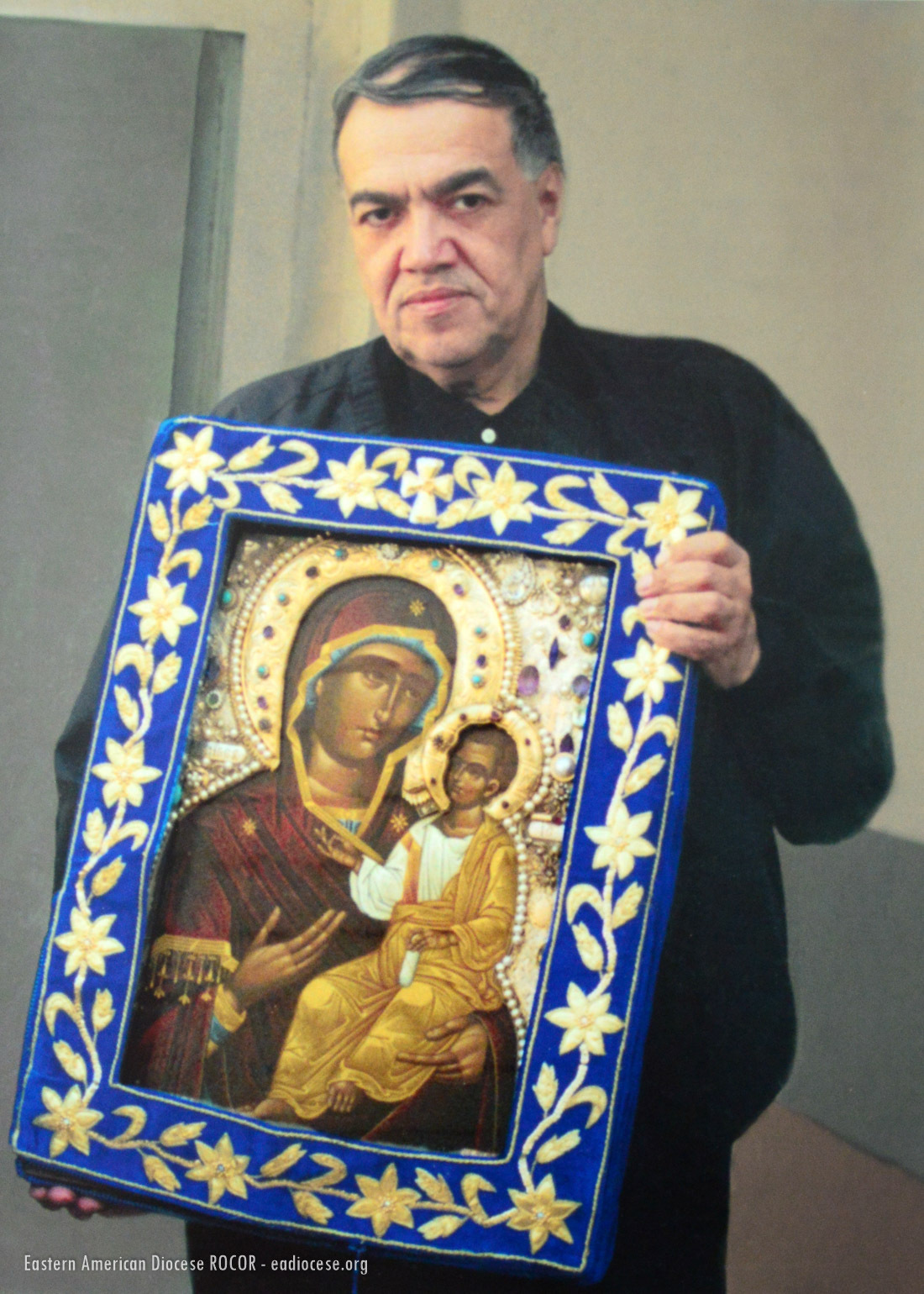
Who was he - the chosen one of the Mother of God that carried Her icon for 15 years, the one whom everyone would call Brother, even to this day?
Brother Joseph Muñoz-Cortez, the keeper of the Iveron Montreal Myrrh-streaming Icon of the Mother of God, is known to the Orthodox world as the Guardian, the Chosen One. He was brutally tortured and murdered after 15 years of selfless service to the Mother of God, who gave him Her unique image for the blessing, anointing, healing, and pacifying of the world in the face of believers.
How and why did a simple Spaniard from Santiago, Chili, a convert to the Orthodox faith from Catholicism, end up on such a Divine path that performed miracles manifested in the Russian Church Abroad at the end of the 20th century?
There are many questions about Brother José, and the answers are hidden from us for a reason. We can contemplate these unanswered questions and feel awe and inspiration; we can write poems and icons, all without waiting for his glorification, yet much of the Chosen One of the Mother of God's life still remains a mystery.
There are testimonies, memories, and photographs which touch us with a wave of heavenly aroma, fanning the entire spiritual history of Brother Joseph. His life exceeds rational comprehension like a mystery you feel and understand but have no words to describe. Yet, many of those who met and knew him spoke of him as "an ordinary person," "the same as everyone else." The Apostle Paul is recalled: "For all I became all things, that I might save at least some" (1 Cor. 9:22).
And yet, was he really "like everyone else"?
It was the noble spirit of Brother Jose's personality that does not allow us to comprehend his spiritual feat rationally. It is impossible to conform his life story into the standard polishing that most saints receive during their canonization, which kills them a second time by removing their unique qualities until their stories sound like the same person in the end.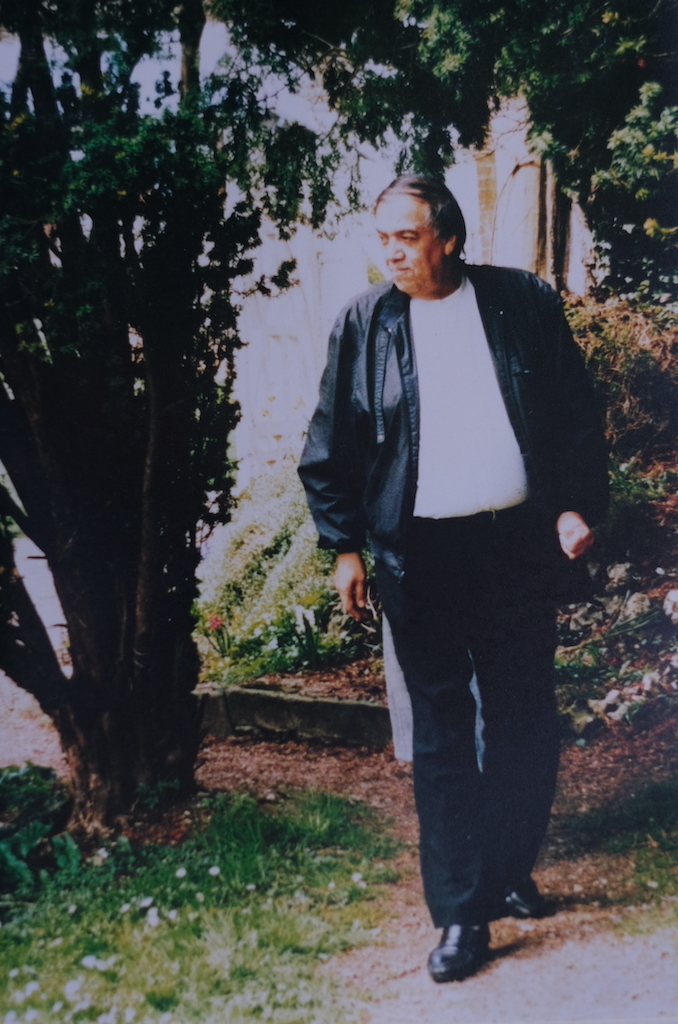
Jose Muñoz-Cortes was born on May 13, 1948. Since childhood, he was distinguished by an artistic feeling, craving for beauty in everything. He graduated from the Academy of Arts in Santiago, and after being drawn to Orthodoxy, he was especially interested in icon painting. How did Jose, who grew up in a strictly Catholic family, find himself in the Russian Orthodox Church Outside of Russia? The story of the circumstances of the arrival of the Spanish boy in the Russian Church of the Holy Trinity is similar to that of a fairy tale.
Brother Jose recalled:
"We first lived in a city on the seashore and then moved to the capital. We went to church regularly every Sunday. On the day of our move, my mother told me: 'Go to church yourself, I'm very busy because of the move, I'll come back later. The church is at the end of the street.' I went. In the middle of the street, I stopped when I heard the singing. I saw a small church and entered it. There were many icons: Christ, the Mother of God, and various saints. Seeing the icons, I thought that this is not a Protestant church, but also not a Catholic one. Soon Vladyka appeared with a miter on his head. I had a feeling that this was a dream…. Finally, he spoke to me in Spanish: 'Come and kiss the cross.' I replied: 'Sorry, I was mistaken, I came here by accident.' Then he affectionately told me: 'No, my boy, you were not mistaken. God brought you here.'… What touched me especially was the poor environment and his love. I thought, 'If the bishop is so poor and there is so much love in him, then this is the true Church.' And I started going there."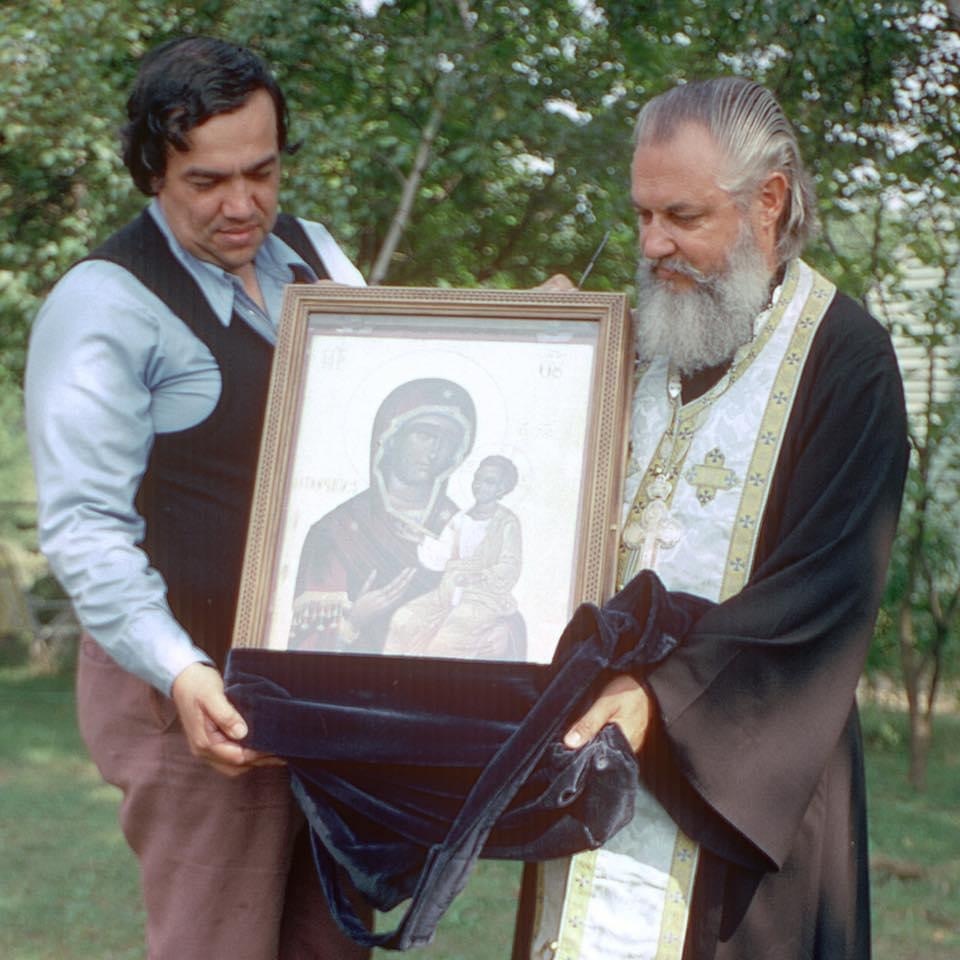
In a modest church where pious Russian exiles prayed, Jose found a spiritual mentor in the Russian bishop-confessor, Archbishop Leonty of Chile, a great friend of St. John of Shanghai and San Fransisco.
Vladyka Leonty, who faced unimaginable trials during the years of persecution in Soviet Russia and miraculously survived, conveyed to Joseph his wavering, agitated, and passionate love for Russia.
What entered into the compassionate heart of young Joseph was the knowledge about the unprecedented torments of the people, its shepherds, monks, laity, peasants, and intellectuals; the mass martyrdom of Orthodox Christians marked the Russian history of the twentieth century with a true Golgotha Cross. Joseph fell in love with this land soaked in martyr's blood, and he associated the future acquisition of the icon, which happened exactly one year after the glorification of the New Martyrs of Russia, with this event.
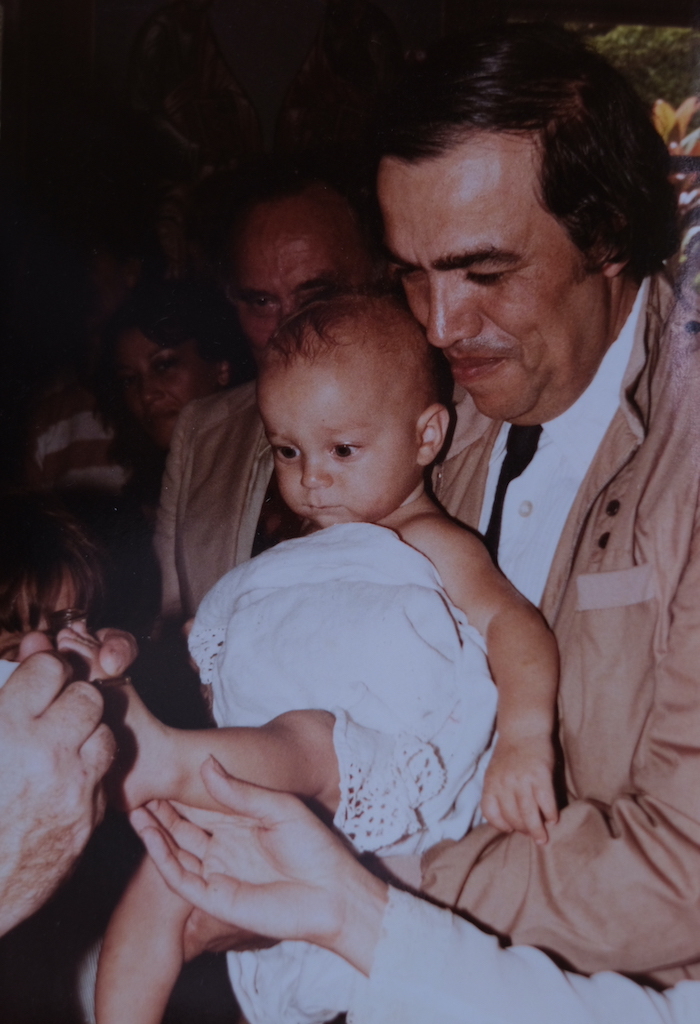
The event of acquiring the Icon in November 1982 was described many times by Joseph. He lacked a teacher, his studies at Shelekhov were not exhaustive, and for years he dreamed of traveling to Mount Athos to find a place where monastic iconographers work. His long and ardent desire for monasticism also pointed him to the Holy Mountain. The Nativity of the Theotokos Skete of Katounakia, a place renowned for its icon painting, is where he met Her Icon, which from one glance, "the heart seemed to turn over in the chest," as he himself would say later. Requests, prayers, the abbot's firm refusal to sell the Holy Image of the Virgin, and an inexplicable feeling that the icon would go with him to Montreal.
"I felt that it would be so without proper grounds for this, because after the Liturgy, when I once again asked to sell me an icon, they answered me: 'It's impossible, don't insist.' But in spite of everything, I believed that the icon would go with me. It was not pride and self-confidence; it was a child's faith in a miracle.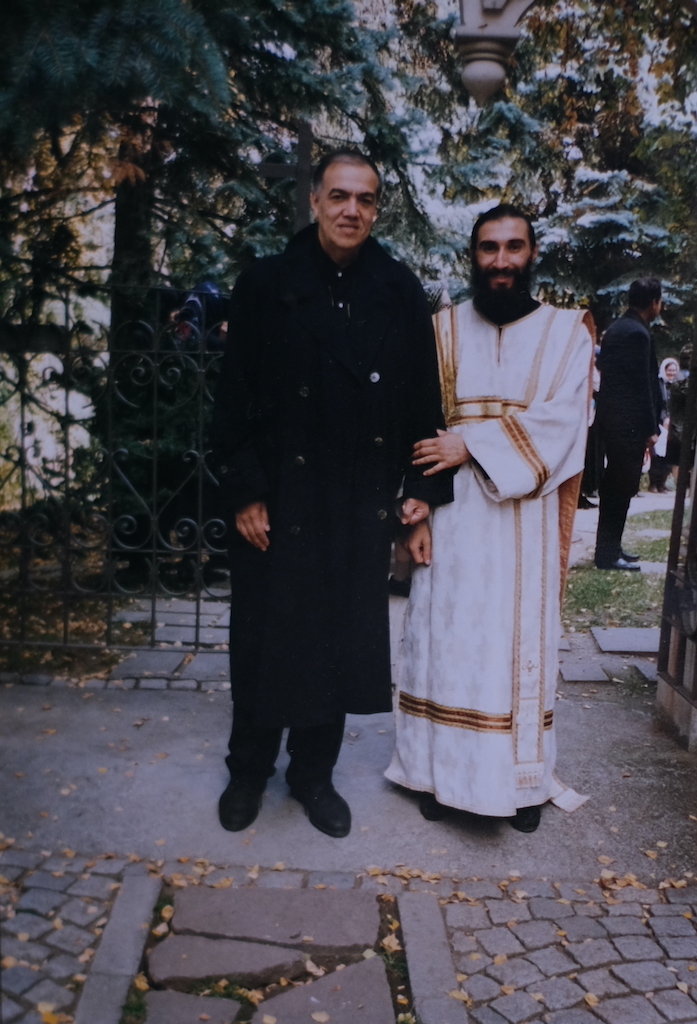
"Three weeks later, we returned to my apartment in Montreal. On the night before the feast of Saints Mina, Victor, and Vincent (November 24/11), I suddenly woke up from an amazing fragrance. At first, I thought that the perfume bottle had broken or that the fragrance came from the relics of the saints in my room. I got these relics from Vladyka Leonty, and I placed the icon next to them. In the morning, when I began to read Hours in front of the icon, I noticed that it was covered with myrrh. At first, I thought it was oil from a votive lamp ... I wiped the icon dry, but soon myrrh reappeared on it.
"So one week passed. Myrrh continued to pour out and fill my room with fragrance. Then I called Vladyka Vitaly. He came and dried the icon with a piece of clean cloth. And when he put it in its place, myrrh began to flow out again. Then he fell to his knees and said: 'This is God's miracle!' The icon was taken to the cathedral, and during the liturgy, myrrh was poured out in such abundance that it dripped onto the floor. We did not receive this God's grace for any of our merits - we do not deserve anything! - but for the blood of thousands of martyrs shed in Russia and other countries ...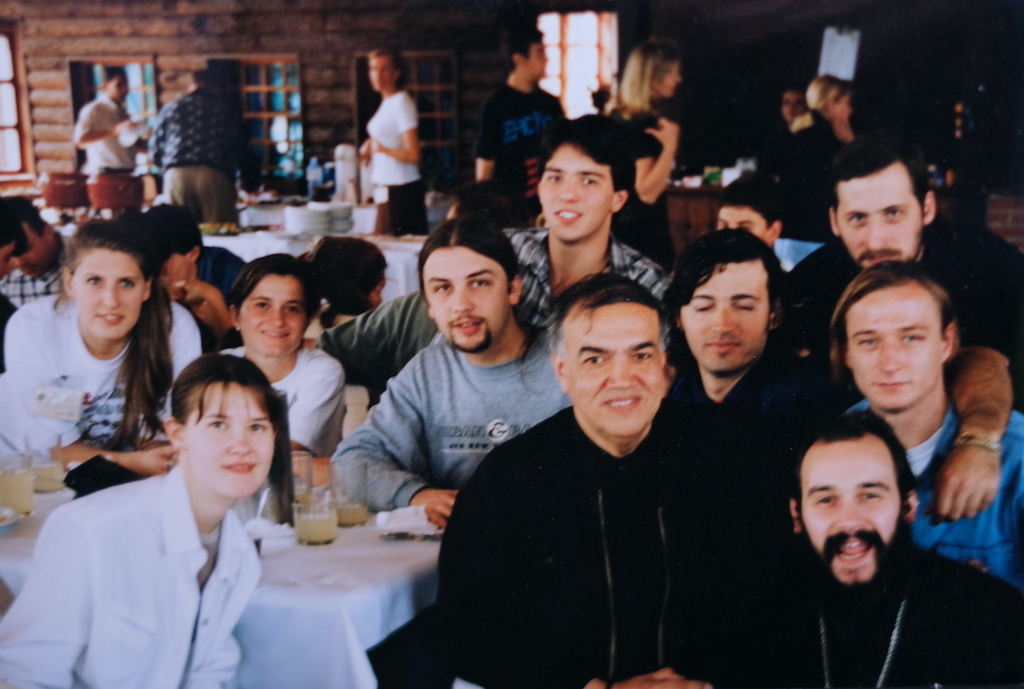
For fifteen years, Brother Joseph traveled with the icon to almost all the parishes of the Russian Orthodox Church Abroad and visited many countries. Visits of the Icon were always accompanied by innumerable miracles, so many that they cannot all be accounted for.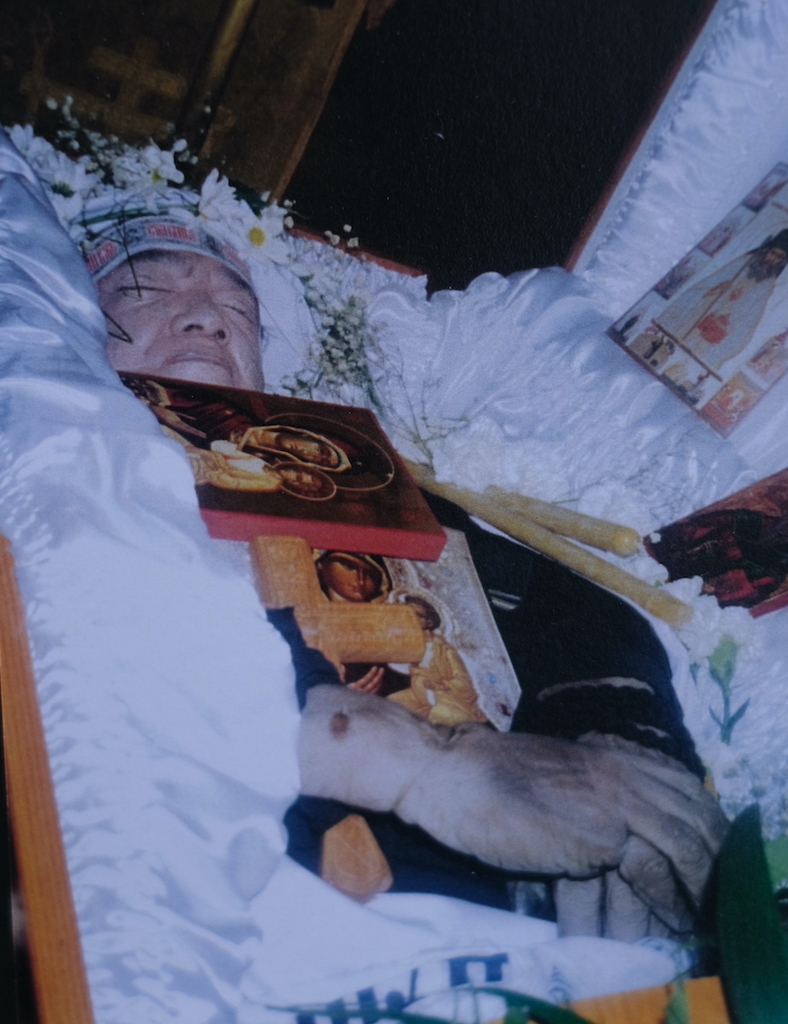
Brother Joseph Munoz-Cortez was brutally martyred on the night of October 31, 1997, in Athens. The location of the icon is not currently known.
There is no doubt that in the Iveron Montreal Icon, the apostolic mission of the Most Holy Theotokos was fulfilled with a special power and purpose. This mission cannot be stopped by skepticism, indifference, or any form of violence: in fact, this mission becomes stronger with more push-back.
The martyrdom of Brother Joseph, his selfless love, and the example of his service continues to change people. Brother Joseph ignites human hearts with faith, hope, and love. And "love never ceases, though prophecies cease, and tongues are silenced, and knowledge is abolished." (1 Cor. 13:8)
